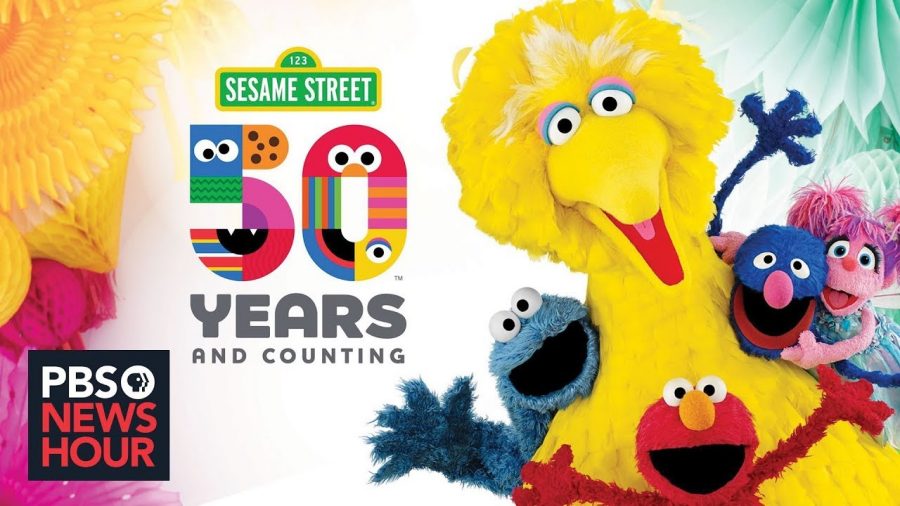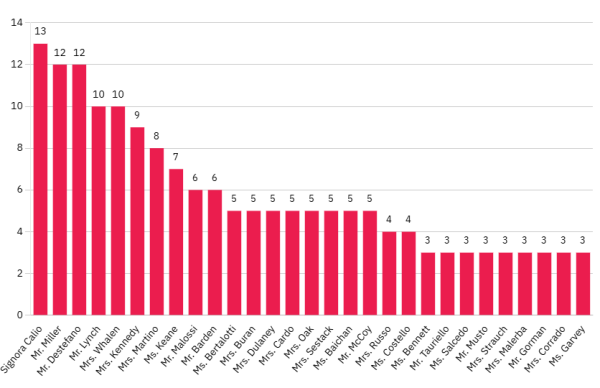Sesame Street: 50 Years and Going Strong
Television is an important part of people’s lives. It lets us escape and be in a different world. It can make us cry, laugh, and even inform us. Children’s educational television is a lucrative business, and there are millions of children with televisions that want to learn. There have been many shows that educate, such as Mister Rogers’s Neighborhood and Blue’s Clues, but arguably the most influential of them all is Sesame Street.
This show started as a small show premiering on the small network NET (Now PBS) on November 10th, 1969, and eventually grew in popularity more and more, and it is now the longest running children’s show in United States history, with over 4,000 episodes and 49 seasons under its belt. So today I want to dive into why Sesame Street became so successful.
The format of Sesame Street is fairly simple, with there being a mixture of live-action and puppets interacting on the titular Sesame Street. This main plot is usually broken up throughout the episode with a smaller secondary plot, and they both are broken up by the show’s staple element: the segments. Sesame Street has a large variety of segments and bumpers, usually about 30 seconds to 2 minutes long, and they often teach a lesson, such as letters, numbers, shapes, colors, reading, writing, and other topics to educate young viewers. They have different mediums of art in them, such as puppetry, live action, animation, claymation, CGI, and many other forms of media. Some of these segments also include famous celebrities, such as Adam Sandler, Ellen DeGeneres, Robin Williams, Anderson Cooper, Johnny Cash, and so many more. All of these elements combined create a learning experience that appeals to children, who love the bright colors and funny characters, and adults, who can watch the show with their child, and enjoy the celebrity references and parodies the show does sometimes. While the live action characters are liked, I think we cannot truly dive into this show without discussing the famous puppets used.
“I liked Sesame Street,” said Rocco Grancio, BHS junior. “I pretty much liked it because it was colorful and fun to watch.”
The puppets of Sesame Street are iconic: Big Bird, Bert and Ernie, Oscar the Grouch, and Grover. These characters have entertained decades of children with their colorful appearance and fun personalities. Oscar the Grouch is, like the name says, grouchy, always wallowing around in his trash can. Bert and Ernie are best friends and roommates. While Ernie is bubbly and childlike, Bert is very serious. And Big Bird represents the viewers of the show: young, innocent children. Big Bird is an international icon, and has even visited China and other countries. Although he is the most iconic and longstanding character on the show, the most popular character (and the one with the most merchandise), is Elmo.
Bora Soybas, a BHS senior, stated, “On a scale of 1 to 10, the younger me would’ve given Elmo a 7.”
Originally appearing as a background character in 1980, Elmo has grown into a staple character on the show, and is now one of the most popular characters in pop culture. There are also many other background Muppets, each with unique looks and personalities. The puppets were able to convey educational topics, and keep kids laughing and learning. With this puppetry, live action segments, and mixed media, Sesame Street came on the scene as a unique show with unique ideas on how to convey educational topics.
Sesame Street is a mixture of all of these different elements, and as a result, it has stayed as a pop culture staple for 50 years. I hope you enjoyed this look into an iconic show.








